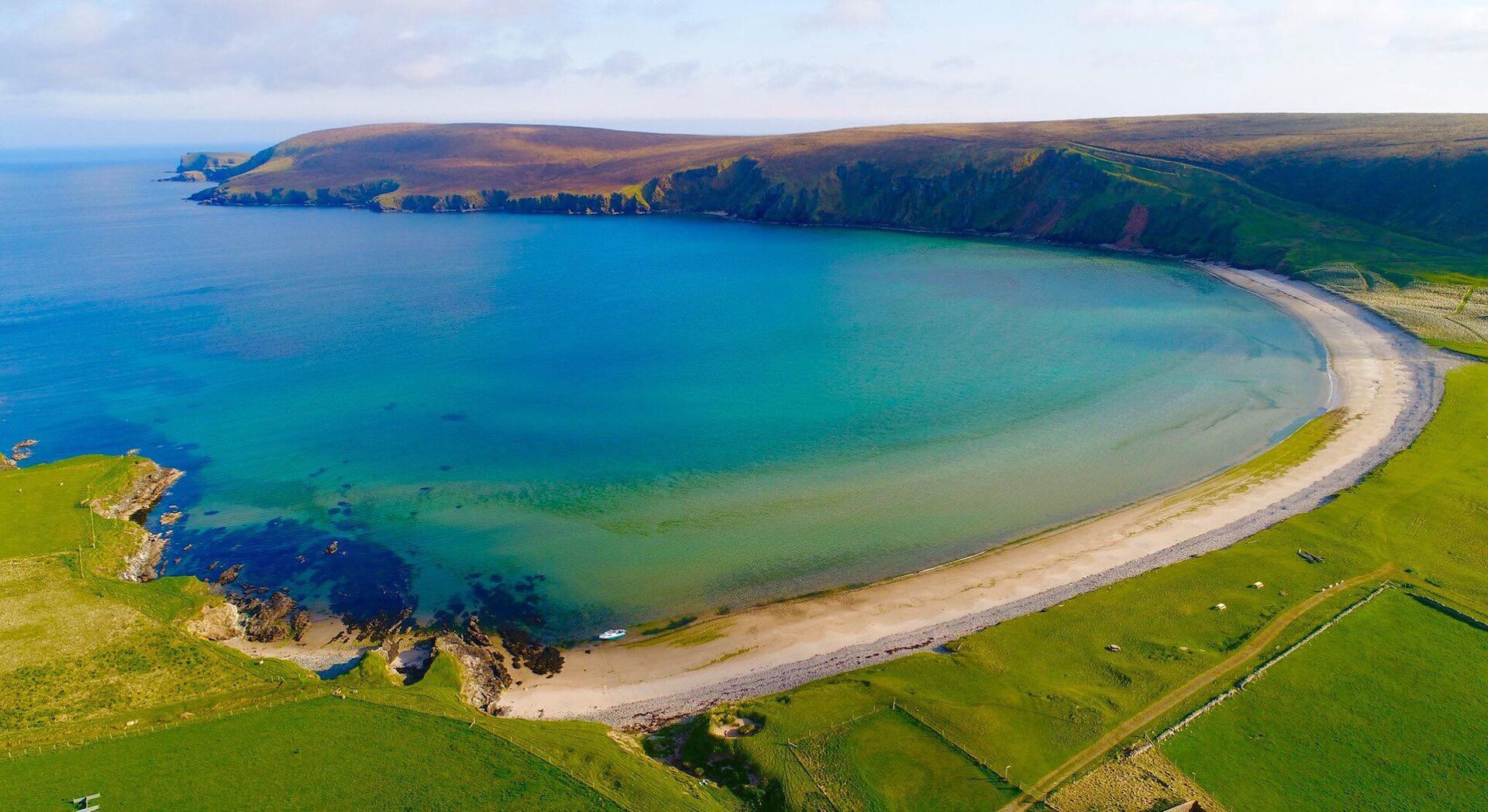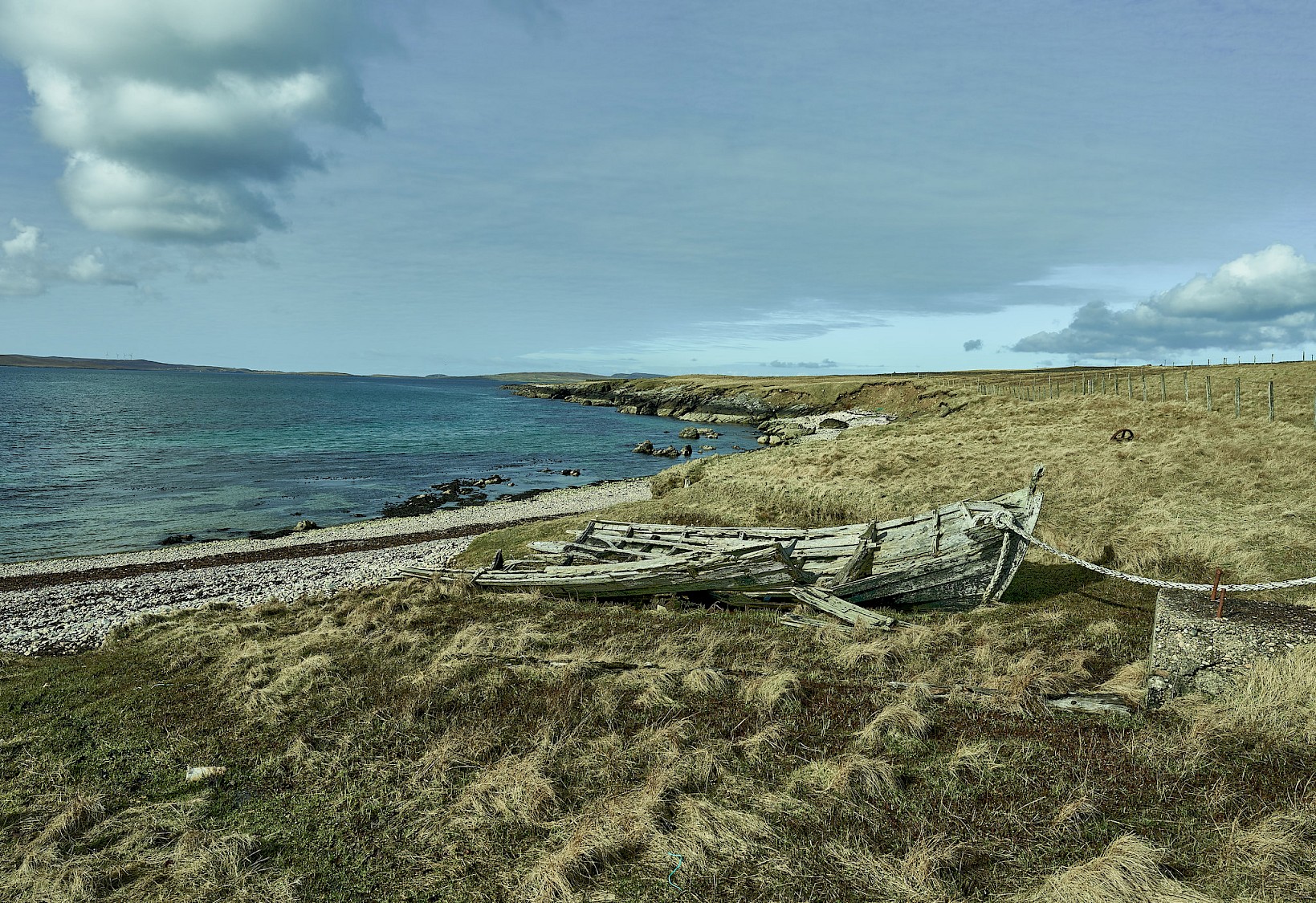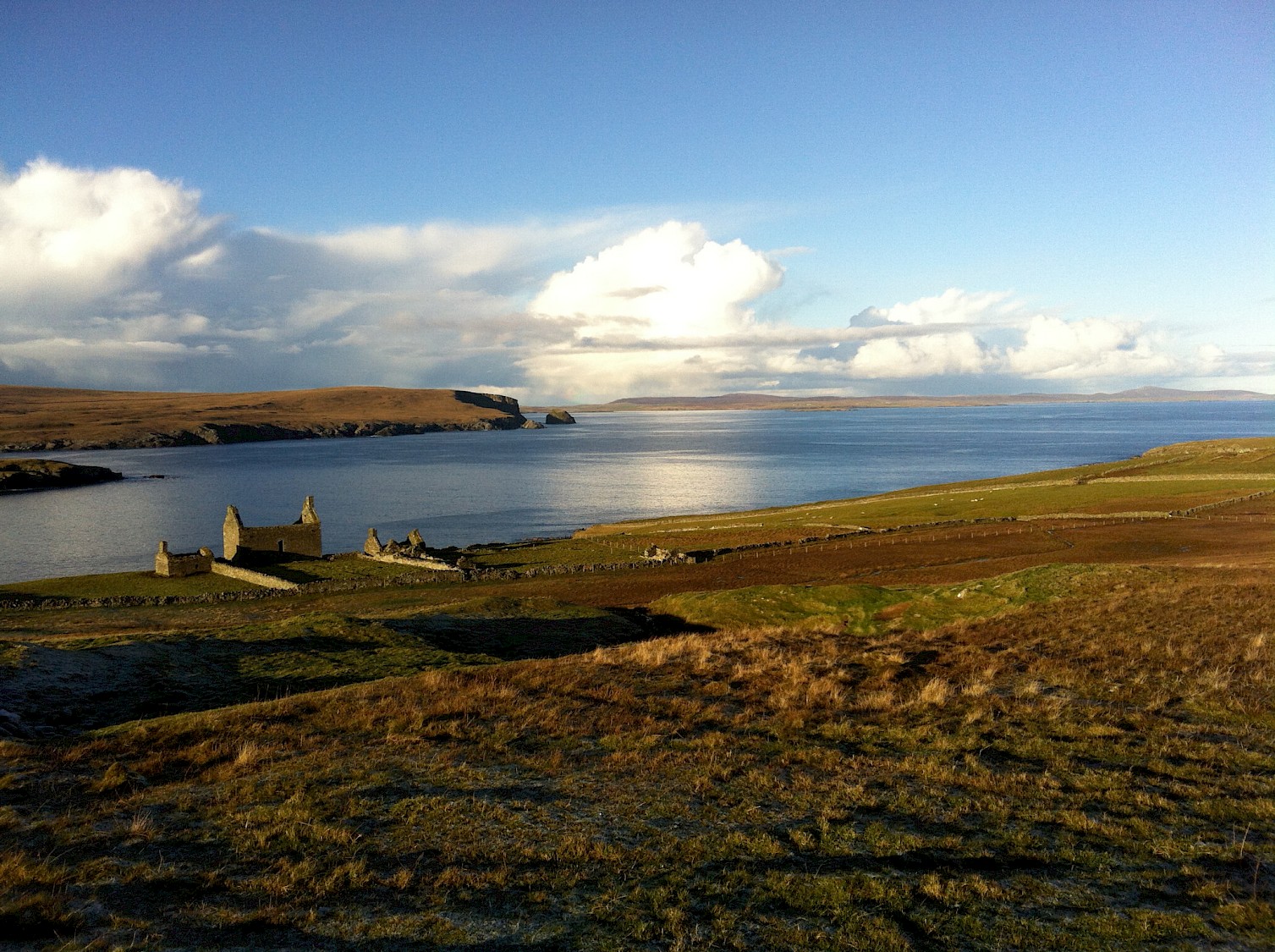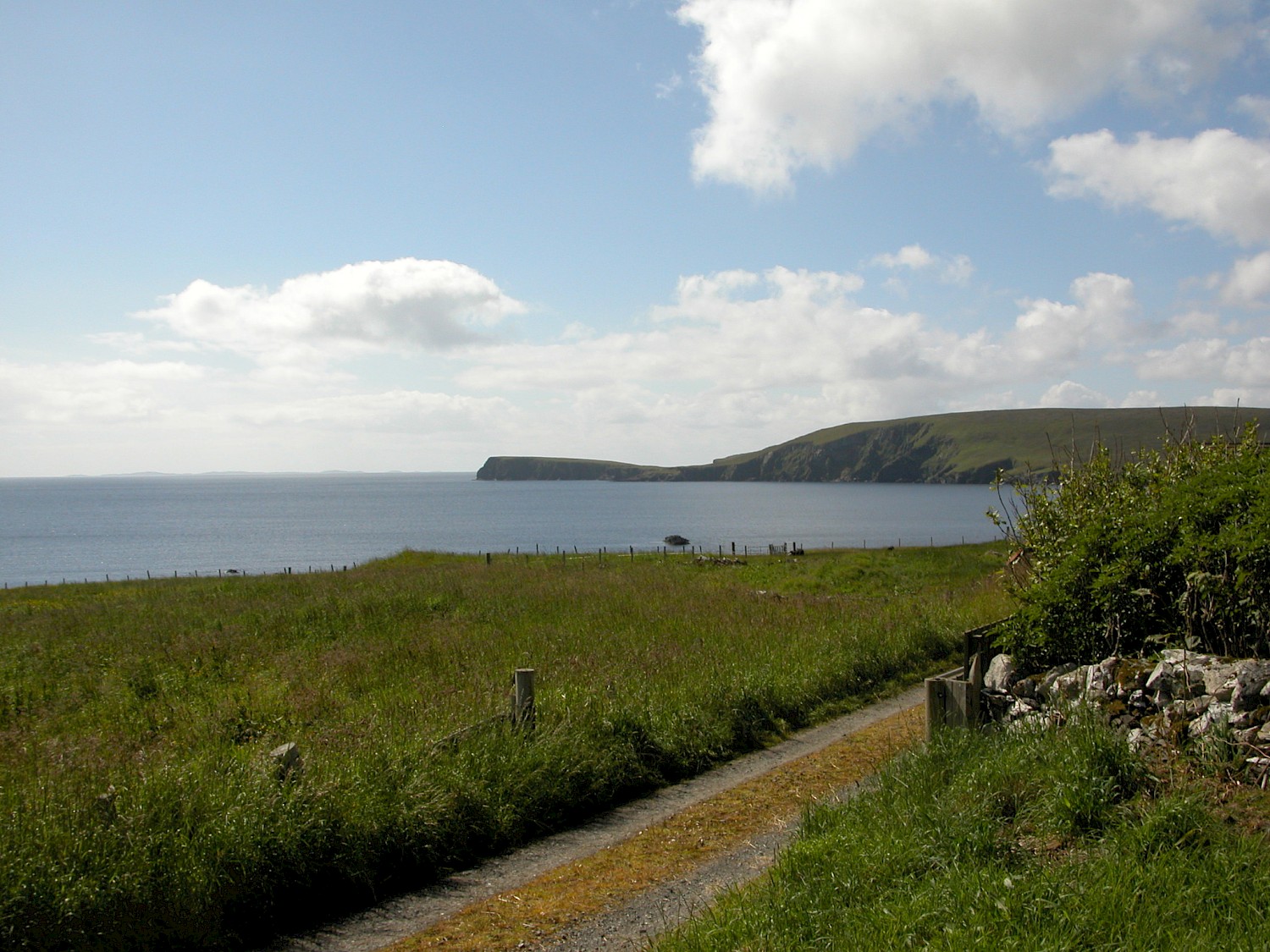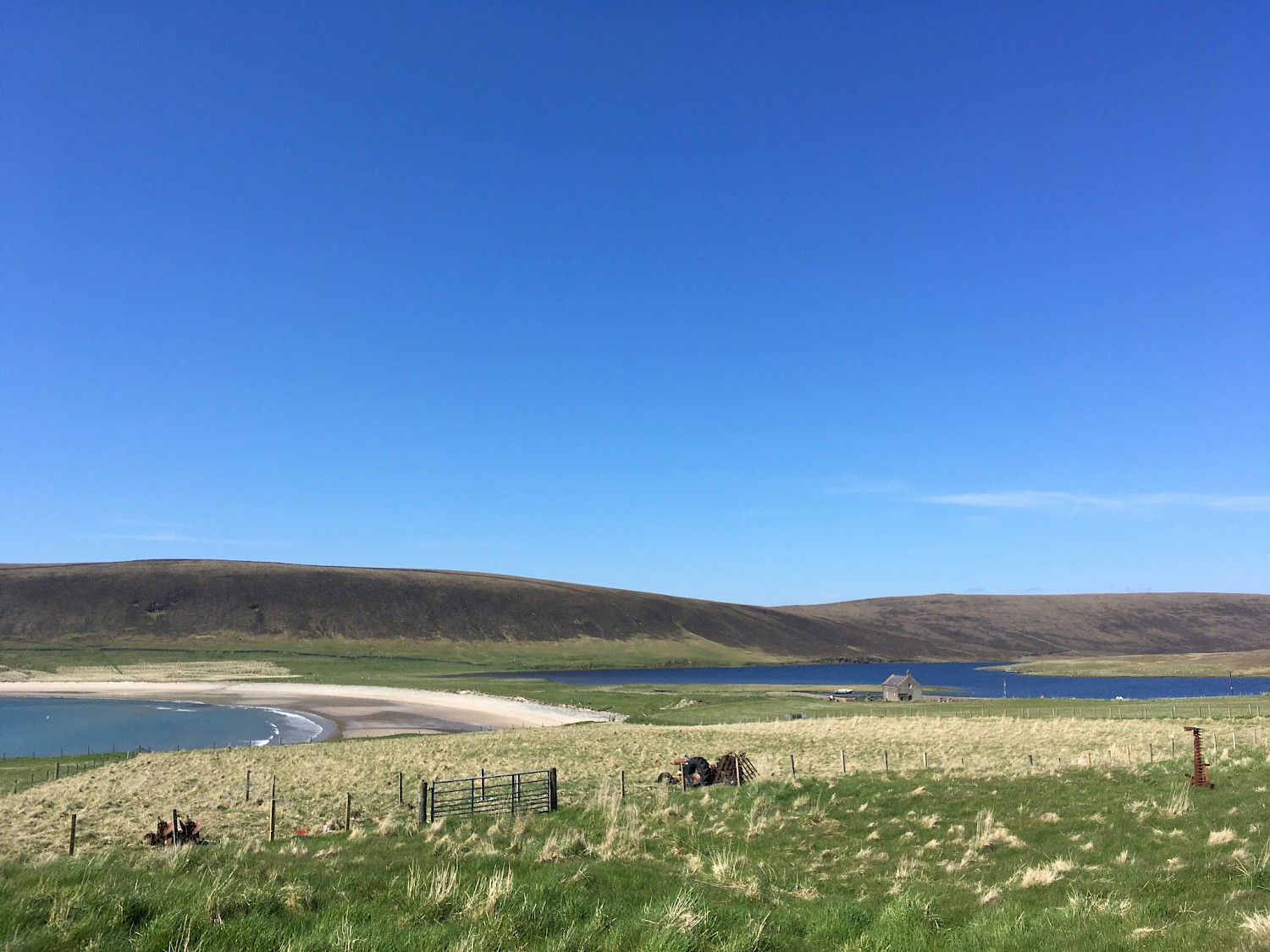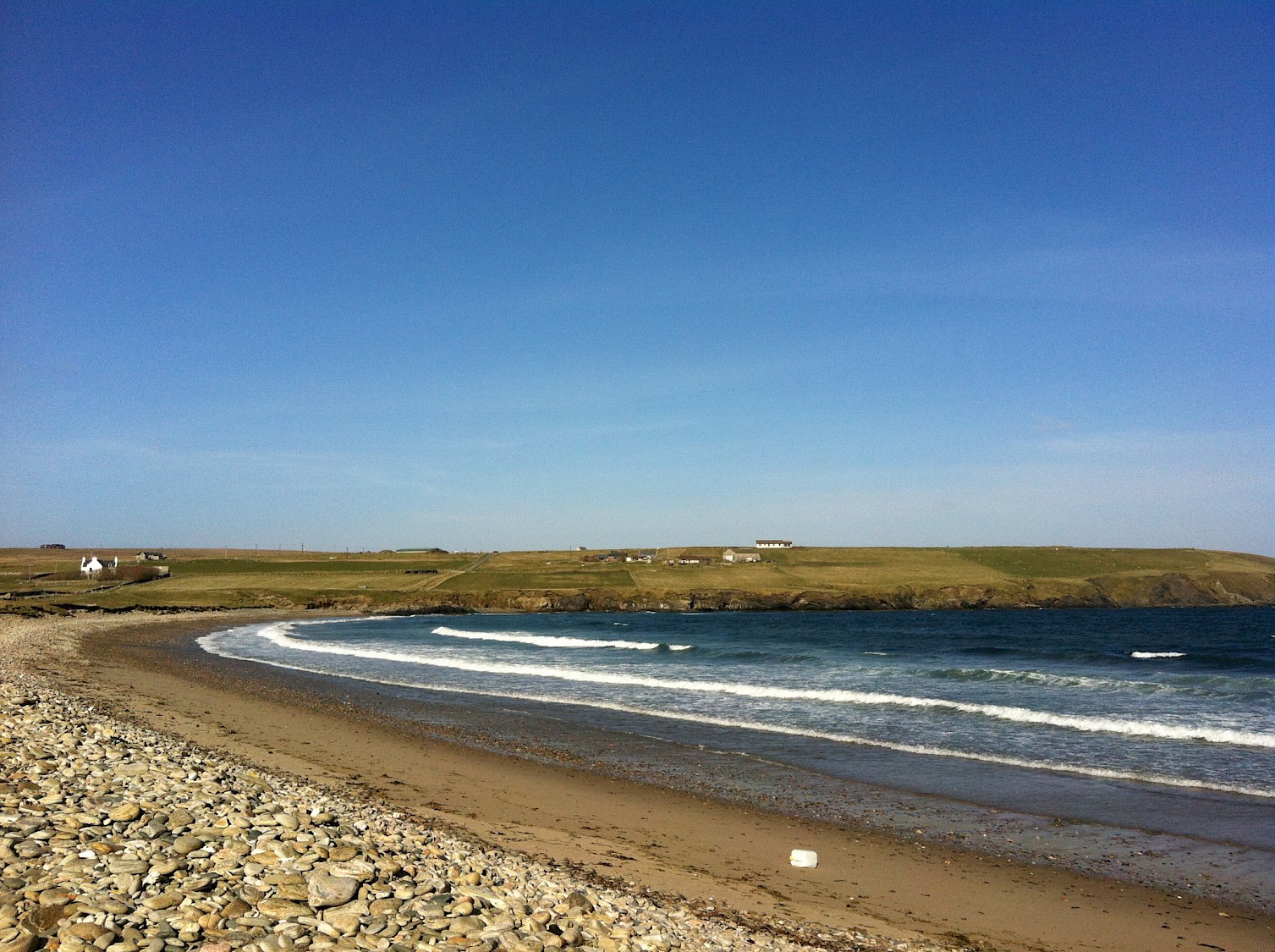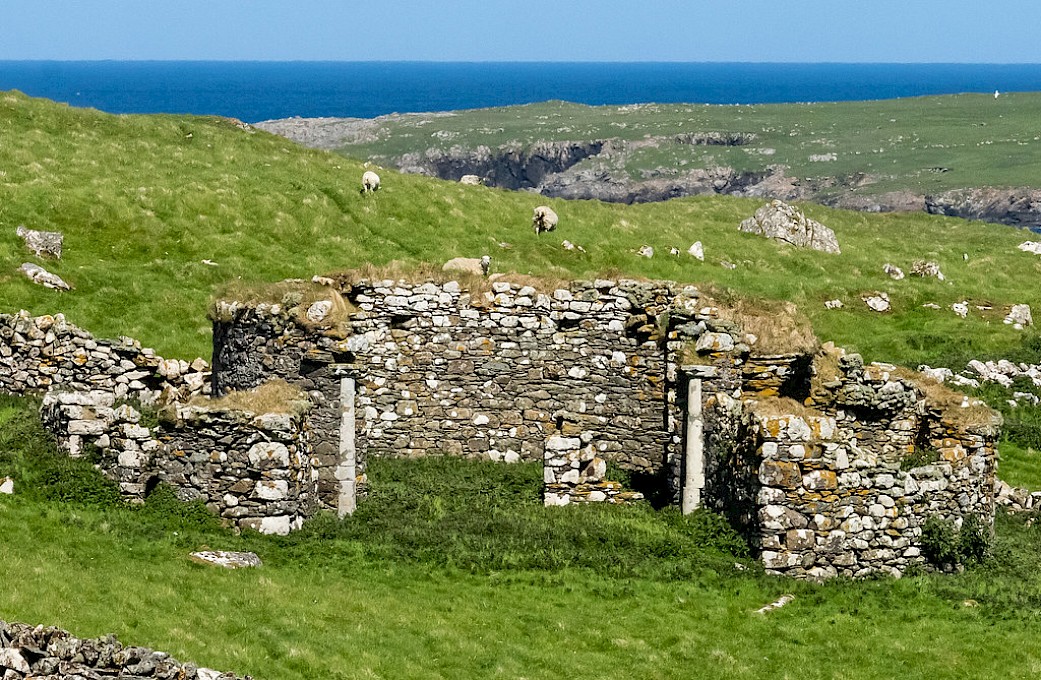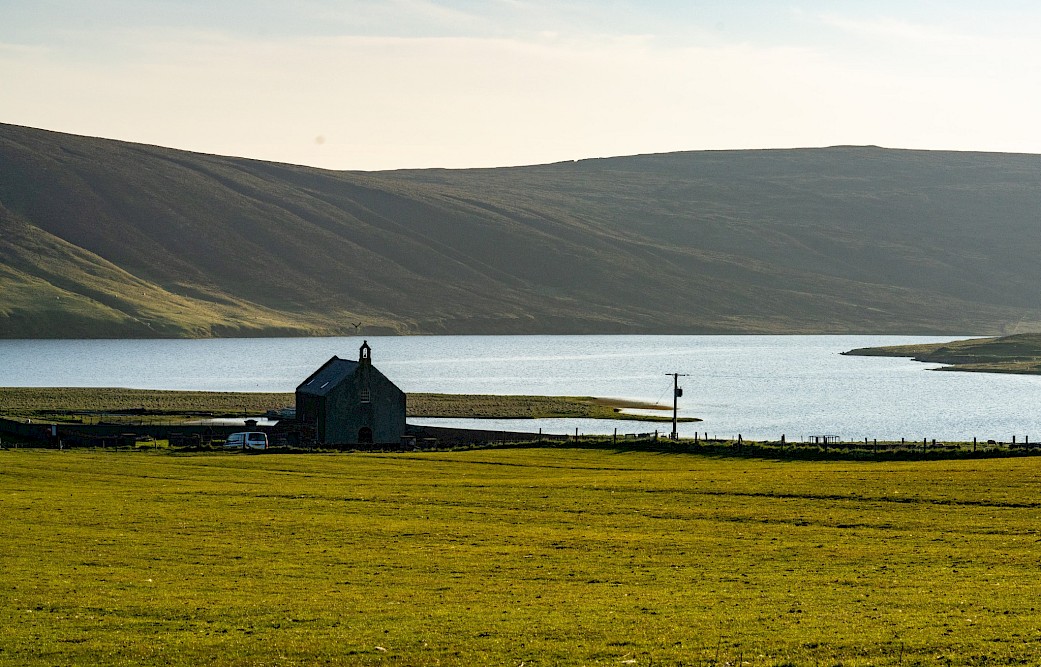Whether it's fishing for trout in some of Shetland's best lochs, using the RSPB's hides to watch an array of impressive birds, or heading to the hills to dance with island's famous trows, you won't get bored in Fetlar.
Get walking
As with most of Shetland, the best way to explore Fetlar is on foot. There are some great walks with spectacular scenery and wildlife. Here are a few of them:
- The Snap – clearly signposted walk around the headland on the southeast of the island. Great for puffin and sea life spotting.
- Urie – a walk along the North coast from Hamars Ness, again signposted.
- Lamb Hoga – walk from Tresta beach to the top of Lamb Hoga and down to the southern tip – you’ll see where peat was dug for fuel in Fetlar and where the Shetland ponies used to take the kishies full of peat down to the boats to be taken around the island.
- Brough Lodge to Hamars Ness – If you are walking to the ferry, this is the way to go – you will pass Sna Broch, one of Fetlar’s seven brochs, now more than half eroded by the sea.
- Papil Water – a gentle walk around Papil Water (or Loch of Velzie), just north of Tresta beach.
There are plenty of other walks although in the birding season visitors must be careful not to disturb any rare ground breeding birds – including the red-necked phalarope.
With thanks to Maurice Henderson for the video of the Finniegirt Dyke.
Go fishing
Fetlar’s fishing is one if its best kept secrets – except among Shetland anglers! The four main freshwater lochs – Papil Water, Loch of Funzie (both easily accessible), Skutes Water and Loch of Winyadepla (a bit of a walk – especially Winyadepla) – are all good for a day’s fishing. You can also sea fish from the harbour at Hamars Ness, or the pier at Brough Lodge or Houbie – or you may be lucky enough to meet someone taking their boat out.
Brown trout are prolific in the lochs and there are seasonal sea trout in Papil Water. There is excellent sea fishing with fine specimen fish – a 52lb ling was caught a couple of years ago on a fishing charter from Yell.
Play hide and seek at Funzie
The RSPB recently completely rebuilt the hide and the Mires of Funzie and is continuing to carry out management works to encourage red-necked phalarope to return in numbers to what used to be its main breeding site.
Spend the night at the Round House
Built as a summer house by Sir Arthur Nicolson of Brough Lodge after he had cleared tenants from the land, the Round House is now a ruin. It is said that Sir Arthur spent one night there but could not sleep for the strange sounds and cries he heard… Dare you brave a night there?
Dance with the trows around Haltadans
A stone circle north of Skutes Water, Fetlar legend says that Haltadans was formed when a group of trows, dancing through the night to the music of a local fiddler and his wife, forgot the time and kept dancing after sunrise and so turned to stone. The coordinates are Lat 60.610145N, Long 0.865557W or What3Words spreads.rally.buildings – you will need them in the Summer when the circle is hard to find with the grass growing.
Fetlar Interpretive Centre
A really interesting small museum with displays on Sir William Watson Cheyne, Fetlar’s most famous son, and crofting through the ages. There are rich archives including film footage of Brough Lodge a century ago, and plenty of audio tapes of Jeemsie Laurenson, a famous Fetlar storyteller, telling some of Fetlar’s many myths and legends.
Fetlar Kirk
Now owned by a charity set up by residents, Friends of Fetlar Kirk, the eighteenth century church is beautifully sited on Tresta beach. It has several memorial plaques to the Watson and Cheyne families, and an interesting graveyard which includes Fetlar’s only war grave.
Fetlar Hall on Saturday Night
Fetlar’s community hall – and its bar – are open every Saturday from 7pm. If you play a musical instrument bring it along, as there is often some fiddle or guitar playing.
The Geopark wall at Funzie
Just off the road by the Loch of Funzie, the geopark wall clearly shows the geological formation of Fetlar and helps explain the rich mix of minerals which made it the “Garden of Shetland”.
See more of what Fetlar has to offer:
With thanks to Maurice Henderson for his videos of Heoganeap, Strandibrough and Uncle Joe
